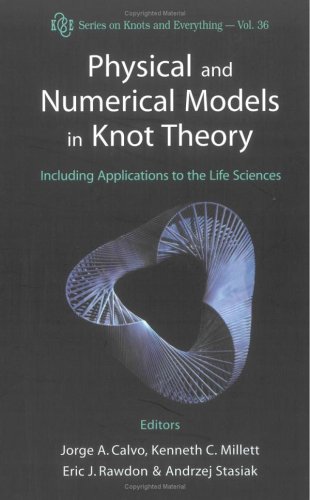

Most ebook files are in PDF format, so you can easily read them using various software such as Foxit Reader or directly on the Google Chrome browser.
Some ebook files are released by publishers in other formats such as .awz, .mobi, .epub, .fb2, etc. You may need to install specific software to read these formats on mobile/PC, such as Calibre.
Please read the tutorial at this link: https://ebookbell.com/faq
We offer FREE conversion to the popular formats you request; however, this may take some time. Therefore, right after payment, please email us, and we will try to provide the service as quickly as possible.
For some exceptional file formats or broken links (if any), please refrain from opening any disputes. Instead, email us first, and we will try to assist within a maximum of 6 hours.
EbookBell Team

5.0
18 reviewsThis volume presents several contributions from researchers using computers to study problems that would otherwise be intractable. While computations have long been used to analyze problems, formulate conjectures, and search for special structures in knot theory, increased computational power has made them a staple in many facets of the field. The volume also includes contributions concentrating on models researchers use to understand knotting, linking, and entanglement in physical and biological systems. Topics include properties of knot invariants, knot tabulation, studies of hyperbolic structures, knot energies, the exploration of spaces of knots, knotted umbilical cords, studies of knots in DNA and proteins, and the structure of tight knots. Together, the chapters explore four major themes: physical knot theory, knot theory in the life sciences, computational knot theory, and geometric knot theory.